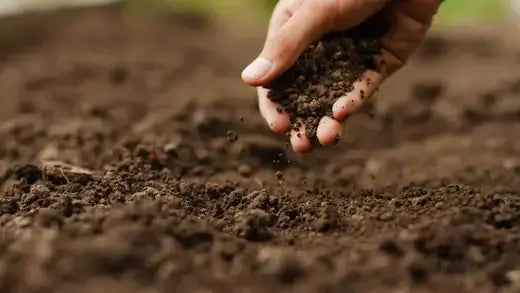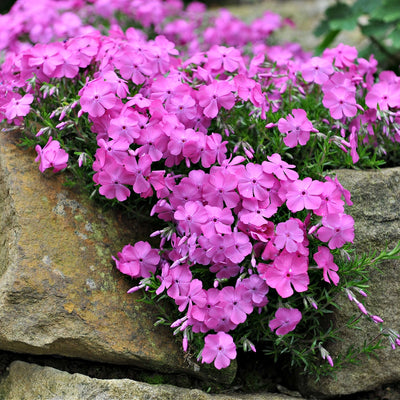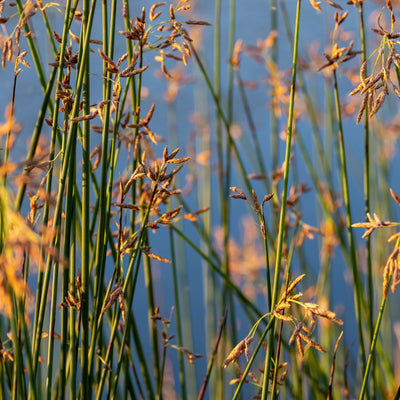The soil is essential; rich soil can contribute to a healthy and thriving garden. Fertile and nutrient-rich soil means growing various plants, fruits, and vegetables in your garden.
However, soil quality varies in different regions, and you might have to add fertilizers and other elements to replenish the required minerals and nutrients.
Understanding the basic requirements of plants that you plan to grow and preparing the soil accordingly is crucial. Before working on the soil, getting it tested in a laboratory is advisable to identify problem areas and work on them. A soil test can determine Soil Quality and determine if the soil is deficient in some nutrients. Knowing these things, you can work towards replenishing and improving the soil for plants to grow.
PH Is Vitle In Soil Quality
Adjust Soil pH level—Most plants require neutral levels. However, some have specific requirements and might grow better in slightly acidic or alkaline soil. You cannot permanently alter the soil pH but temporarily add certain chemicals to cope with the problem. You can test the soil pH either in a laboratory or with the help of a soil testing kit, which is readily available in the market.
Feed The Soil For The Best Soil Quality
Feeding the Soil—If you need to replenish lost nutrients, feeding the soil by mixing nutrient fertilizers is essential. You can add organic or even readily available inorganic fertilizers. These fertilizers will ensure that the soil gets its share of essential nutrients that contribute to the healthy growth of plants.
Composting—Mixing compost or manure with soil helps make it richer and better for plant growth. It is advisable to bury the debris from your gardens, such as spent flowers, leaves, weeds, twigs, wood chips, etc., so they turn into compost. You can use this compost to improve soil quality in the coming seasons.
Cover Your Crop For Your Soil Quality
Cover Crops—Growing cover crops is another alternative method that helps the soil replenish lost nutrients. You can grow certain plants and crops in your yard that can add nutrients to the soil. Leguminous plants can add nitrogen to the soil through their roots. Alfalfa, Soybeans, Rapeseed, Sudan grass, Crimson Clover, and Hairy Vetch can add minerals to the soil. Home gardeners use Hairy Vetch in the gardens to enhance the soil quality.



